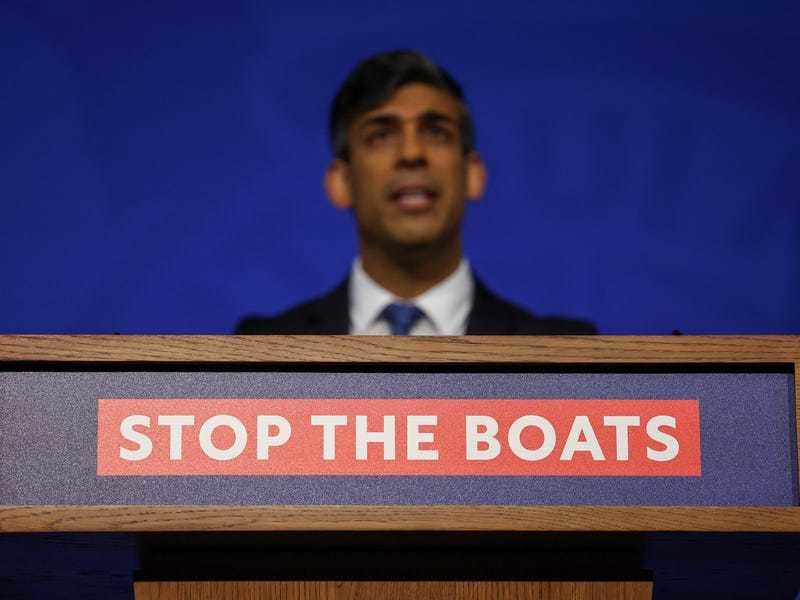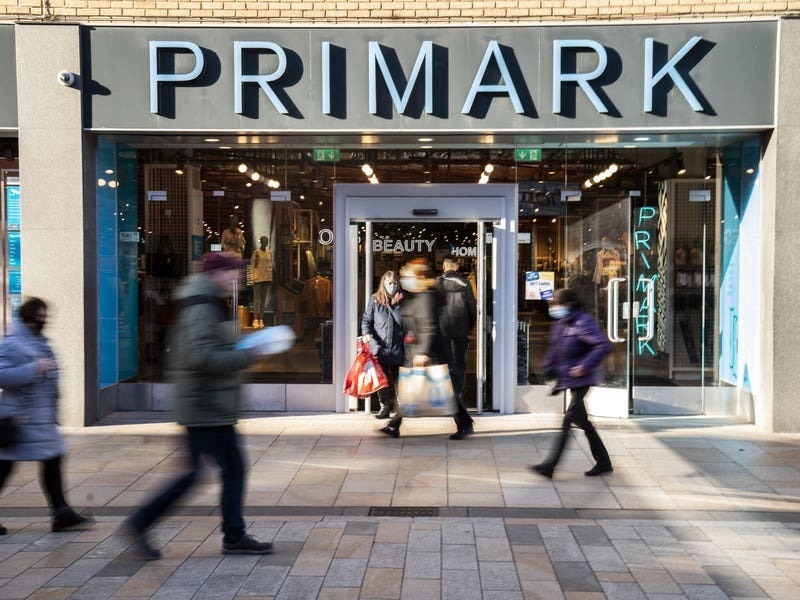‘Your new National Health Service begins on 5 July.’
That was the headline of a UK government notice in 1948. The new NHS would provide the choice of one’s own doctor; maternity, dentistry, otology and optometry services and all prescribed medication. All free. That is to say, free at the point of delivery because no government service is free.
The NHS appeared limitless in its provision. Councils would be required to provide midwifery, home care for the sick, all necessary vaccinations and immunisations and a health-visitor service. The government notice ended with this call to action: ‘Choose your doctor, fill in the forms, hand them to your doctor – ACT AT ONCE.’
This paradigm of medical care was set out in the 1946 National Health Service Act, but it had been in gestation for some years having been put before Parliament during the Second World War by Henry Willink, Conservative Health Minister in Churchill’s coalition government. In a welcome change from war reports, Pathé News included a presentation in which Willink explained, ‘Whatever your income, if you want to use the service – and no one is going to try to make you, unless you want to – there’ll be no charge for treatment.’
It might surprise some to know that Churchill, to many the epitome of arch Toryism, was a strong supporter. In March 1944 he said: ‘Our policy is to create a national health service, in order to ensure that everybody in the country, irrespective of means, age, sex or occupation, shall have equal opportunities to benefit from the
best and most up-to-date medical and allied services available.’
The NHS will forever be linked with Aneurin ‘Nye’ Bevan, Heath Minister following Labour’s 1945 landslide election victory. While he steered the Bill through Parliament, there is little doubt that some form of NHS would have emerged irrespective of party as there was broad political consensus in favour.
At the time of its creation the population was around 38 million. By 1952 it had grown to around 42 million, but already the NHS was showing signs of strain. The health budget was exceeded and charges were introduced for prescriptions and dentistry, breaking the promise of a totally free health service. By 1956 doctors in general practice were stretched and complained of being undervalued, leading to a Royal Commission. The 1960s saw new drugs emerge including a polio vaccine; kidney dialysis and chemotherapy were developed adding to cost. Better health care meant people did not die as quickly and the financial requirement escalated and all the time the population was growing.
Even that other arch Conservative, Margaret Thatcher, whose policies saw radical change – privatisation of housing and utilities, deregulation and the dismantling of aspects of the welfare state – did not propose fundamental change in the nature of the NHS. Instead, she reformed its management, the effect of which was to tilt an increasingly stretched budget toward administrators and away from clinicians.
Today the population is around 56 million, going on for 50% greater than when the service was founded. Medical science is so advanced that the cost of care spirals ever upward. Small wonder the NHS is under irresistible pressure, but still it seems no politician is brave enough to admit openly that the system is all but broken and will, without radical change, become unfit for purpose.
Why, at the outbreak of the pandemic last year was the principal cry from government ‘protect the NHS’? Did no one say, shouldn’t the NHS be looking after us, not us looking after it? They’d be right to ask. How many people have died because the NHS abandoned swathes of day-to-day diagnosis and treatment?
What has this to do with us? After all, we don’t have the NHS in Jersey – do we? Not yet, but there are plenty of indicators to suggest that’s the way we’re heading.
Looking back over appointments to senior posts within our health service, practically every significant appointee has come from the NHS. That means our health service at the most senior level is populated by people whose knowledge and experience is limited to the NHS. Naturally, when change is required, they model things the only way they know, the NHS way.
The Jersey Care Model, approved by the States, is shaped by NHS thinking and will create a health system in Jersey indistinguishable from a mini-NHS. The setting up of an expensive vaccination clinic at Fort Regent when our GP network was offering to provide a service, as they do annually for flu, is an example. A move to nationalise doctors – denied and hurriedly withdrawn – is further evidence. That plan has not gone away. Recently, and not for the first time, Ann Esterson, former head of Social Security, has pointed out that the subsidy for doctor visits has been frozen for a decade. Why? Could it be to turn public opinion against the cost of GP visits prior to proposing that government should employ all doctors? When we had a significant surplus in the fund an act of political populism saw prescription charges abolished. Wouldn’t it make sense to reintroduce a nominal charge for all except those on income support? Perhaps that is not consonant with NHS thinking.
The NHS has survived 73 years and was, back in the day, a great institution, but it must adapt to survive. Our public health service is being shaped in the image of a dinosaur. We should not let it happen.






